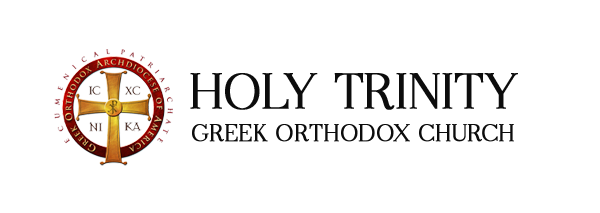OUR FAITH
An Ever-Growing Interest in the Orthodox Church
I. Introduction to the Orthodox Church
As more and more people from various backgrounds discover the ancient faith and rich traditions of the Orthodox Church, they find themselves drawn to her mystical vision of God and His Kingdom, the beauty of her worship, the purity of her Christian faith, and her continuity with the past. These treasures date back to the time of the Apostles, providing a connection to the very foundations of Christianity.
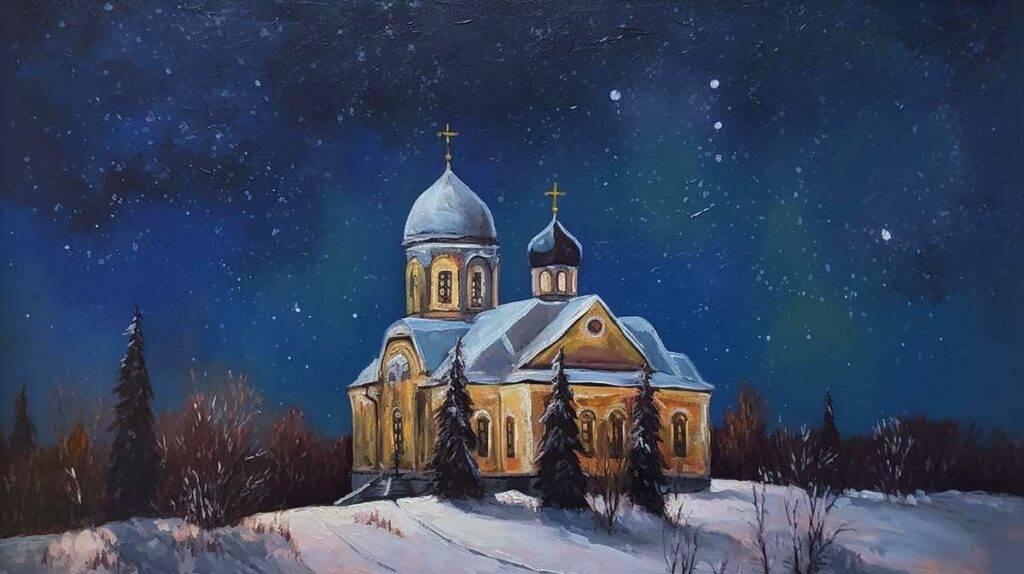
II. The Orthodox Church in the Western Hemisphere
The Orthodox Church has been developing into a valuable presence and distinctive witness in the Western Hemisphere for over 200 years. Early Greek Orthodox Christians arrived in the New World in 1768, establishing a colony near present-day St. Augustine, Florida. One of the original buildings where they gathered for religious services still stands, now transformed into St. Photius’ Shrine. Russian fur traders in the Aleutian Islands also made significant contributions to the Orthodox Church in America.
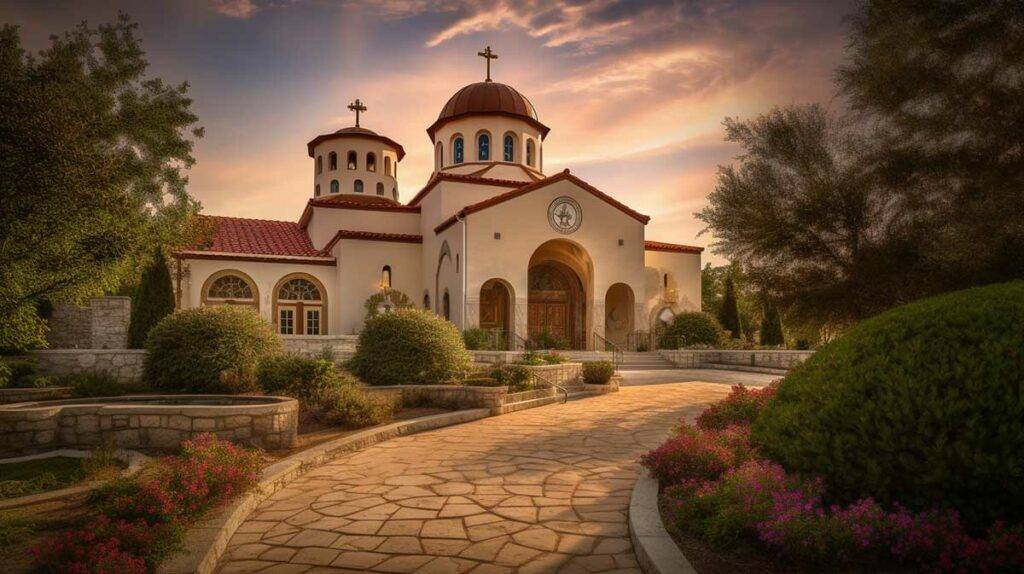
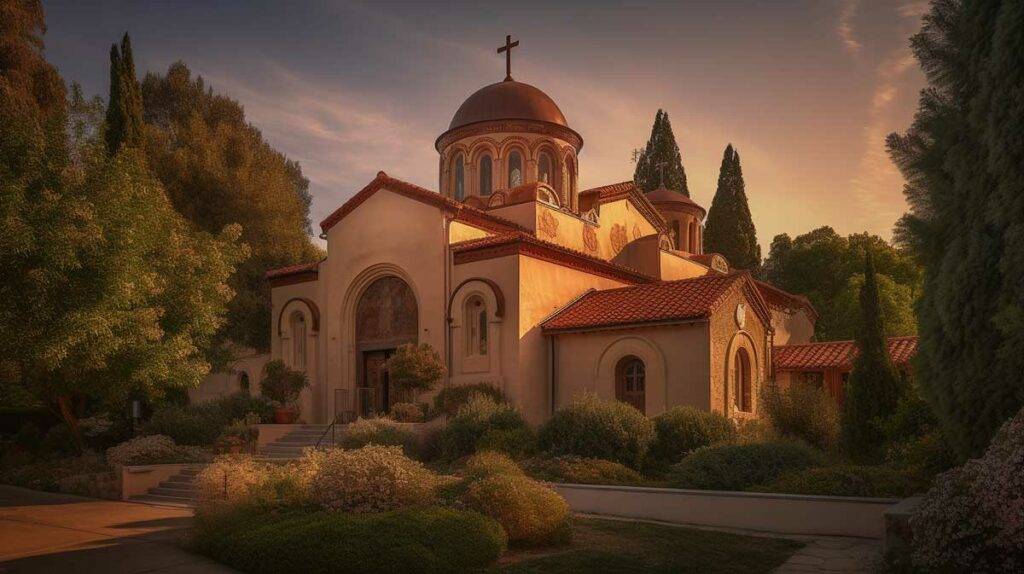
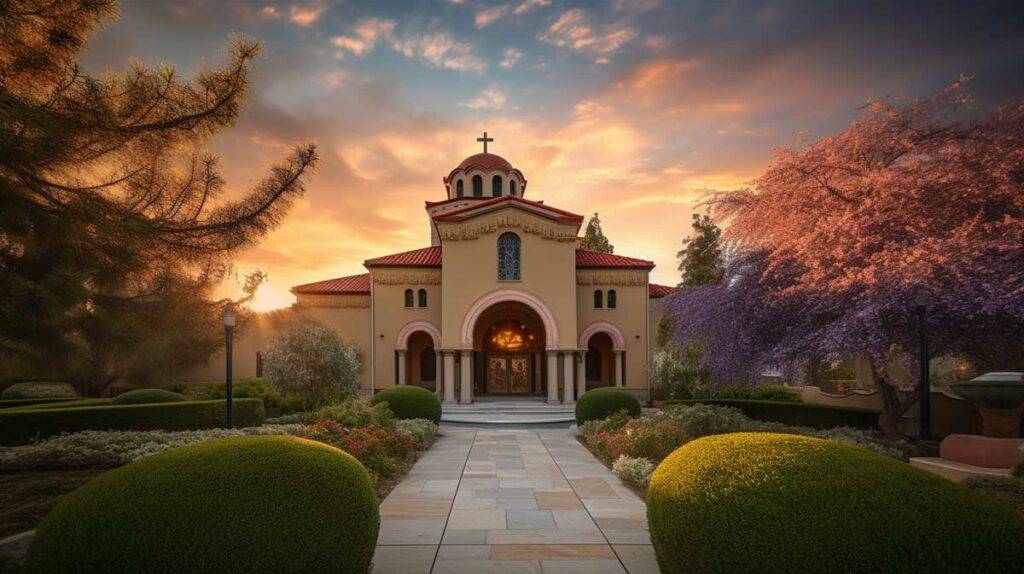
III. The Orthodox Church in the United States
The Orthodox Church in the United States has evolved beyond its immigrant roots. While its members come from diverse ethnic and cultural backgrounds, the majority are now born in America. Orthodoxy has been formally acknowledged as one of the Four Major Faiths in the United States, and the Orthodox Church welcomes all.
There are nearly a dozen ecclesiastical jurisdictions within the Orthodox Church in the US, with the Greek Orthodox Archdiocese of America being the largest. Archbishop Iakovos, the primate of the Archdiocese, has played a crucial role in acquainting many non-Orthodox with the treasures of Orthodoxy through his devotion and vision.
IV. Eastern Christianity
The Orthodox Church embodies and expresses the rich spiritual treasures of Eastern Christianity. The Gospel of Christ was first preached and the First Christian communities were established in the lands surrounding the Mediterranean Sea. It was in these eastern regions that the Christian faith matured and the fundamentals of our faith were proclaimed at the Seven Ecumenical Councils.
Eastern Christianity developed in lands familiar with Semitic and Hellenistic cultures, while Western Christianity developed in lands influenced by the legal and moral philosophy of Ancient Rome. This led to distinct, yet not necessarily opposing, spiritual expressions of Christianity. Today, Roman Catholics and Protestants are heirs to the Western tradition, while the Orthodox are heirs to the Eastern tradition.
V. Understanding Orthodoxy
The term “Orthodox” has two closely related meanings. The first is “true teaching,” as the Orthodox Church believes it has preserved and handed down the Christian faith without error or distortion. The second, more preferred meaning is “true praise,” emphasizing the Church’s primary purpose of blessing, praising, and glorifying God.
The word “Catholic” is also used to describe the Orthodox Church, signifying its universality and inclusivity of people from all races and cultures. Cultural and national titles, such as Greek, Russian, and Antiochian, reference the roots of particular parishes, dioceses, or archdioceses.
VI. Diversity in Unity
The Orthodox Church is an international federation of patriarchal, autocephalous, and autonomous churches. Each church is independent in its internal organization and follows its own customs, yet all are united in the same faith and order. The Ecumenical Patriarch of Constantinople holds a “place of honor” and is considered “first among equals” among the bishops.
VII. Conclusion
The Orthodox Church, with its ancient faith and rich traditions, continues to attract individuals from diverse backgrounds. Its development in the Western Hemisphere and the United States has led to a unique blend of cultures and traditions, united by a common faith. The Orthodox Church serves as a powerful witness to the continuity of Christianity from its earliest days to the present, offering spiritual treasures that have captivated the hearts and minds of countless believers throughout the centuries.
FAQs
- What are the main differences between Eastern and Western Christianity? Eastern Christianity emphasizes the Resurrection of Christ and the deification of man, while Western Christianity focuses on the Passion of Christ and the sin of man. Eastern Christianity tends to have a more mystical theology, whereas Western Christianity leans towards a legalistic view.
- What does the term “Orthodox” mean? “Orthodox” has two meanings: “true teaching,” as the Orthodox Church believes it has preserved the Christian faith without error, and “true praise,” emphasizing the Church’s primary purpose of glorifying God.
- Why are there cultural and national titles in the Orthodox Church? These titles, such as Greek, Russian, and Antiochian, reference the cultural or national roots of particular parishes, dioceses, or archdioceses, but do not indicate a division in the faith.
- What is the role of the Ecumenical Patriarch of Constantinople? The Ecumenical Patriarch holds a “place of honor” and is considered “first among equals” among the bishops in the Orthodox Church.
- How many Orthodox Christians are there in the United States? There are approximately 5 million Orthodox Christians in the United States, grouped into nearly a dozen ecclesiastical jurisdictions.
*Source: Greek Orthodox Archdiocese of America, http://www.goarch.org/ourfaith/ourfaith7052.
